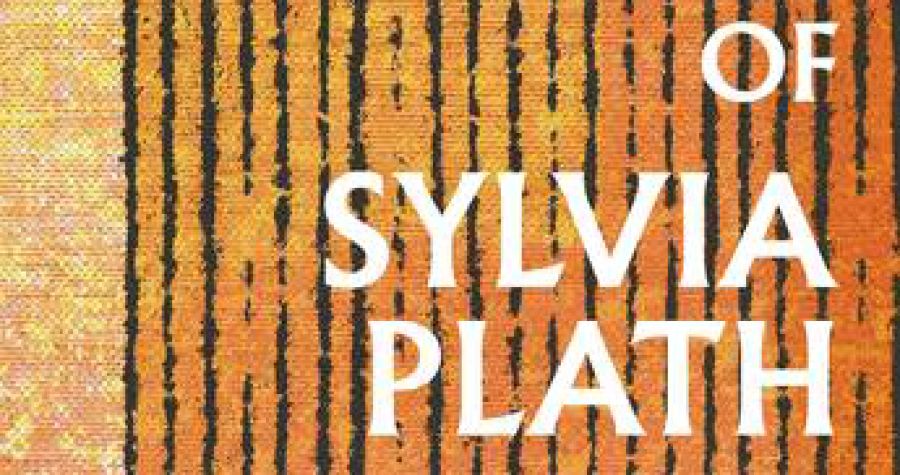
- Free Article: No
- Contents Category: Literary Lives
- Custom Article Title: ‘Archives and Hives: Three books which tell of Sylvia Plath’s spring’
- Review Article: No
- Article Title: Archives and Hives
- Article Subtitle: Three books which tell of Sylvia Plath’s spring
- Online Only: No
- Custom Highlight Text:
For seven years after her 1963 burial, Sylvia Plath lay in an unmarked grave near St Thomas the Apostle Church in Heptonstall, West Yorkshire. The gravestone, when it came, bore her birth and married names, Sylvia Plath Hughes, the years of her birth and death, and a line from Wu Cheng-en’s sixteenth-century novel Monkey King:Journey to the West: ‘Even amidst fierce flames, the golden lotus can be planted.’
- Article Hero Image (920px wide):
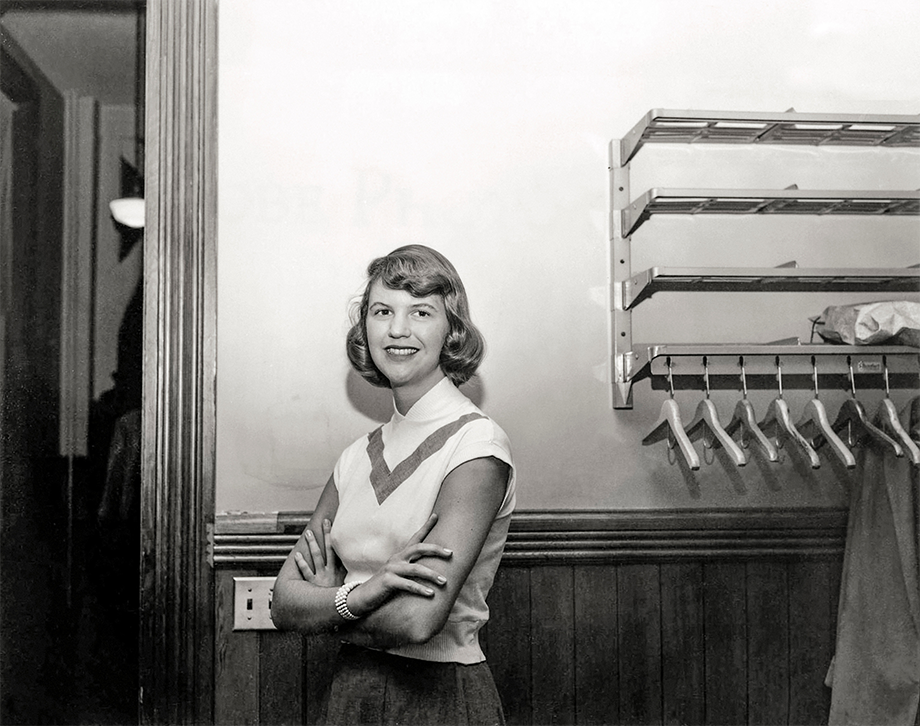
- Article Hero Image Caption: Sylvia Plath, Smith College, c.1951 (Penrodas Collection/Alamy)
- Alt Tag (Article Hero Image): Sylvia Plath, Smith College, c.1951 (Penrodas Collection/Alamy)
- Book 1 Title: The Collected Prose of Sylvia Plath
- Book 1 Biblio: Faber, $75 hb, 848 pp
- Book 1 Cover Small (400 x 600):
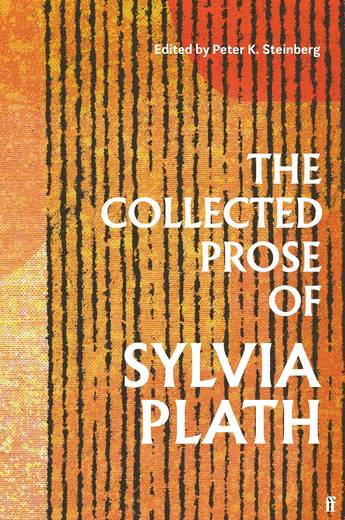
- Book 1 Cover (800 x 1200):

- Book 1 Readings Link: https://www.readings.com.au/product/9780571377640/the-collected-prose-of-sylvia-plath--sylvia-plath--2024--9780571377640#rac:jokjjzr6ly9m
- Book 2 Title: Sylvia Plath
- Book 2 Subtitle: A very short introduction
- Book 2 Biblio: Oxford University Press, £9.99 pb, 144 pp
- Book 2 Cover Small (400 x 600):
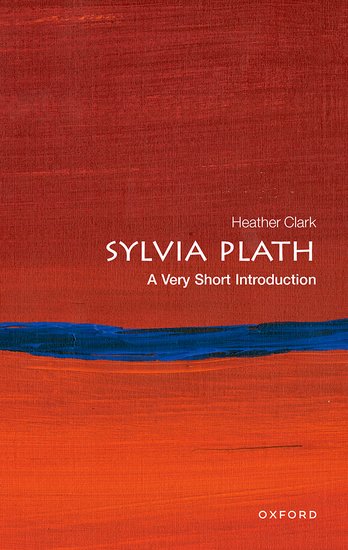
- Book 2 Cover (800 x 1200):

- Book 2 Readings Link: https://www.readings.com.au/product/9780198841470/sylvia-plath-a-very-short-introduction--prof-heather-clark--2024--9780198841470#rac:jokjjzr6ly9m
- Book 3 Title: Loving Sylvia Plath
- Book 3 Subtitle: A reclamation
- Book 3 Biblio: W.W. Norton, US$27.99 hb, 320 pp
- Book 3 Cover Small (400 x 600):
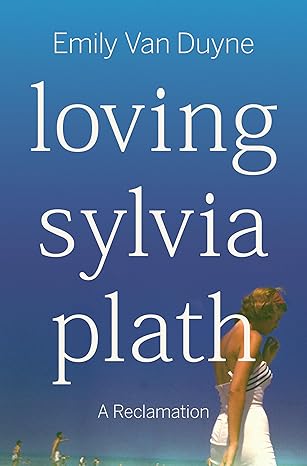
- Book 3 Cover (800 x 1200):

- Book 3 Readings Link: https://www.readings.com.au/product/9781324110361/loving-sylvia-plath--emily-van-duyne--2025--9781324110361#rac:jokjjzr6ly9m
Visitors chiselled away the lead letters spelling ‘Hughes’. They were replaced, erased, defaced. The stone was removed repeatedly. Responding to public letters querying the grave’s neglect, Ted Hughes, Plath’s poet husband from whom she was separated at the time of her death by suicide at thirty, replied that he was looking for a stone on which the words could be ‘deeply incised’, one that would not shatter. Shatterproof, you might say, as Plath did in ‘The Applicant’, satirising a spruiker’s view of marriage:
It is waterproof, shatterproof, proof
Against fire and bombs through the roof.
Believe me, they’ll bury you in it.
She would like to be buried (in some far-off future), Plath told friends, in the churchyard next to Court Green, the Devon home where she and Hughes wrote poems, parented, and kept bees. Yet there she is, overlooking Hughes’s family home, where the ruins of the ancient Church of St Thomas à Becket lie alongside the new church.
Visitors began placing biros on the grave. Photos show a porcupine of biros stabbing the earth or corralled into a box sporting a heart that may be tin or gilt. What do they have in mind, these spines, these trashy plastic gifts, needling the earth that Plath’s bones are part of? Don’t these visitors know Plath was particular about pens? Her manuscripts carry the ink-dark script of her Sheaffer fountain pen. Why put biros on graves, when the dead do not write, or not with biros? Do the pens invite more words from Plath? More about her? These three books offer both.
The volume and quality of Plath’s work was remarkable. The Collected Poems (1981) won a rare posthumous Pulitzer in 1982. Her novel, The Bell Jar (1963), which she called ‘a potboiler’, has sold over 3 million copies. Two thousand pages of letters occupy two volumes. Individual poetry collections include her first, The Colossus (1960), and second, Ariel (1965), left ready for publication on her desk when she died. It began with the word ‘love’ and ended with ‘spring’. Now there is the 848-page The Collected Prose of Sylvia Plath edited by Peter K. Steinberg, significantly expanding the collection Hughes published as Johnny Panic and the Bible of Dreams in 1977.
Some of Plath’s work vanished posthumously. Some was destroyed. Few archives have been handled so carelessly and nefariously. Plath wrote ‘The blood jet is poetry, / There is no stopping it.’ (‘Kindness’) Now biography is the blood jet, spurting scores of works about her.
Plath felt close to a breakthrough. In her last weeks, she wrote letters that describe ‘doing a really successful novel’ which would allow her to ‘buy this house’ (a London terrace that W.B. Yeats once lived in containing a flat she rented with her two infant children). She would rent out the downstairs flats and spend summers at Court Green. She will soon sew new curtains and has plans for stair carpet. She knows how good the new poems are (‘very good, but I feel written on the edge of madness’). BBC commissions are flowing in and she can almost foresee ‘self-supporting on my writing’. She just had to weather ‘this pit of panic & deepfreeze’ that she knew was life-threatening.
She imagined doing so, ending the jaunty sketch ‘Snow Blitz’ (dated sixteen days before her death while London endured the coldest winter of the century) with an image of crone Plath, her kids grown resolute and toughened by regular snow blitzes, ‘queuing for candles for me in my aguey old age’ while she brews tea on a gas ring: ‘If the gas, too, is not kaput.’ But on 11 February 1963, after taping the doorways to protect her children, Sylvia Plath died by carbon monoxide poisoning.
Heather Clark’s 1,117-page biography Red Comet (2020) is routinely dubbed ‘definitive’, but in her ‘very short introduction’ Clark stresses that ‘there is no such thing as a definitive biography’. Underpinned by Red Comet’s painstaking detail, this admirably compact summary of Plath’s life and work draws incisive lines through biro-clutching and back-stabbing Plath narratives.
Clark’s Red Comet theses remain. She maps Plath’s writerly tenacity from the start, enduring over fifty rejections before her first short story, ‘And Summer Will Not Come Again’, was published in 1950 in Seventeen, when she was seventeen, to the end, when Plath had ‘a coveted first reading contract with The New Yorker’.
Clark writes, ‘Plath’s contemporary iconic status as a feminist, confessional, “mad” poet probably would have surprised her’. She queries each with brisk precision, stressing the chasm between romanticised ideas of ‘madness’ and the realities of depression, highlighting the trivialisation of Plath’s work by lenses obscuring her artistry and political awareness.
Refuting a myth that poetry (somehow) killed Plath, Clark states with autopsic crispness that ‘the cause of her death was a mental health condition: depression’. This demolishes myths but tends to elide the knot of circumstances stoking that depression – raising two infants alone, a cocktail of self-administered and prescribed medication, recent emotional shocks, money worries, and medical trauma. In her last days, her doctor was trying to book her into a psychiatric facility. Plath wrote, ‘what appals me is the return of my madness, my paralysis, my fear & vision of the worst – cowardly withdrawal, a mental hospital, lobotomies.’
Clark describes the poems’ self-reflection as ‘that of a funhouse mirror’, acutely accenting irony and performance, calling Plath a ‘true poet’s poet’. Where she sees Plath’s image of ‘words dry and riderless’ in the late bone-thin ‘Words’ connoting failure (‘the “riderless” words have escaped the poet’s control’), I hear their ‘indefatigable hoof-taps’ splendidly affirming a poem’s capacity to outlive its writer.
Plath ‘knew prose could subsidize the less lucrative practice of poetry’, writes Clark. Peter K. Steinberg, an aficionado since he read ‘Lady Lazarus’ at college has, instead of writing about Plath, for decades dedicatedly brought Plath’s words to readers as an archivist and editor. This includes co-editing, with Smith College librarian Karen V. Kukil, the letters. In The Collected Prose of Sylvia Plath, he meticulously assembles 217 of Plath’s fictional and non-fictional prose works, excluding The Bell Jar and her honours thesis on Dostoevsky.
Each piece in this treasury is polished and assured, often exploring material the poems work with. ‘Tongues of Stone’, with its protagonist ‘raised … like Lazarus’ after a suicide attempt, also prefigures The Bell Jar. Standouts include the short story ‘Mary Ventura and the Ninth Kingdom’, unpublished until 2019, which Clark suggests was because it was ‘too surreal and oblique for the women’s magazine market’. Written in 1952, it veers from Plath’s typical realism to imagine an uncanny journey to ‘the kingdom of negation, of the frozen will’.
Plath’s review of Donald Hall’s anthology Contemporary American Poetry (1962) is powerful for its sure voice and poetic expertise, a slant ars poetica poignant for its advocacy of the one omission that ‘glares out’, Anne Sexton. Plath’s own poetry was not included.
Steinberg’s painstaking curation and re-assemblage and scrupulous correction of archival materials involves ‘reclamation’, a word Emily Van Duyne uses as her subtitle for Loving Sylvia Plath. Van Duyne interleaves two narratives: memoiristic glimpses of self-reclamation after a violent marriage and a study of Plath through the lens of intimate partner violence (IPV). Van Duyne’s is the matryoshka doll of Plath books, each chapter bringing into focus part of the Plath story. Each could be its own book.
Van Duyne’s portrait of Hughes’s lover Assia Wevill, who also died by suicide, is perhaps her most powerful reclamation. Another relates to thwarted and derailed Plath biographers. Van Duyne’s work on Harriet Rosenstein, inspired by biographer Carl Rollyson’s work, is fascinating. Estate-approved scholar-biographer Rosenstein ‘went rogue’, undertaking extraordinary research before experiencing a breakdown. In 2017, Rosenstein revealed that she held Plath’s late letters to her psychiatrist Dr Ruth Beuscher, asking almost a million dollars for them. Smith College sued, since Beuscher had already willed the letters into their extensive Plath archive. How Rosenstein acquired them remains mysterious. What else might surface? Surely, as some have hinted, Plath’s final novel was not destroyed.
Van Duyne’s is a rogue work too, marvellously multifarious as it catalogues the host of factors shaping perceptions of Plath, including classism, jealousy, misogyny, and IPV. It demonstrates the power of affinity and sometimes the perils of false equivalence.
Clark quotes poet Marianne Moore, who described Plath’s late poems as ‘bitter, frost-bitten, burnt out, averse’. Van Duyne documents Moore’s claim that the then-pregnant Plath should not receive a Guggenheim fellowship: ‘she should not be subsidized for having a baby’.
In the poisonous ‘Vessel of Wrath: A memoir of Sylvia Plath’, an appendix to Anne Stevenson’s Bitter Flame: A life of Sylvia Plath, moneyed British socialite Dido Merwin, wife of poet W.S. Merwin, describes the déclassé Plath ‘grimly downing the Fons foie gras for all the world as though it were “Aunt Dot’s meatloaf”’. Both Plath’s appetite and her insubordination rile her. Van Duyne slightly misquotes this, but the point remains.
Clark, Steinberg, and Van Duyne all contribute to Plath’s necessary reclamation. Van Duyne writes, ‘a handful of experts know who [Plath] was … while the world over understands her via the shorthand of cultural signs: a witch, a myth, a Zombie Queen’. Plath’s ambition far exceeded the modestly clad version expected of her as a single-mother poet. Her naked ambition stormed through London, or straddled the Atlantic, as interviewer Peter Orr of the British Council put it (‘that’s a rather awkward position’, quipped Plath). She had created the success she wanted – the soaring fame of Ariel and The Bell Jar – which unfolded after her death. Within a few years, she could have bought Yeats’s house and all the time she needed to care for her children, her work, and herself. Like the bees in ‘Wintering’, the poem she placed last in Ariel, she might have soared after this grim winter, ‘tasting the spring’.


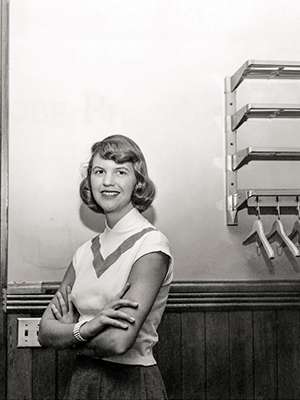
Comments powered by CComment